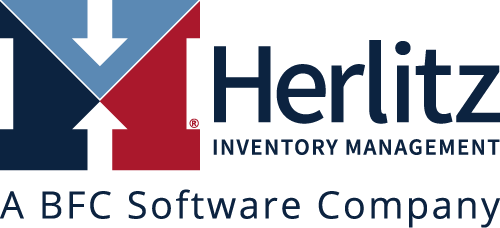Your customers are continuing to change; embracing technology in their shopping habits on a regular basis. According to one of the latest studies more than half of U.S. consumers use technology in their grocery shopping, according to the Food Marketing Institute. They are using technology 52% of the time in grocery shopping in the following ways:
- Search for online coupons before they shop, almost one-third of consumers
- Before leaving the house, 23 percent check prices from multiple stores.
- Use mobile technology while they are doing in-store shopping, 31 percent
25 percent of the technology users employ 2 of these methods for the same shopping trip. One executive in the FMI study remarked,“We are seeing a different behavior in our stores. Shoppers are using their smartphone to gain a much deeper understanding of not only what they buy but, as well, the value of each purchase to them every time they shop with us.”
Your customers are using close to real time information to find the products they want. They are continuing to buy more products that are on promotion, looking for greater value. According to a Nielsen Company study, 42.8% of grocery purchases are sold on promotion. Drug stores sales are also highly linked to promotions with 40.4% of sales linked to promotions. The study defined trade promotions as those products featured in flyers, ads, or in-store circulars, products displayed on aisle end-caps, or those with temporary in-store lower pricing.
By improving supply chain execution retailers can better meet their customer demand and their high expectations. Companies can remove unwanted and unnecessary costs, realizing maximum promotional results, becoming both more effective and efficient.
In order for your company to be able to serve this new educated and armed consumer there are several things that you need to look for in your supply chain planning systems.
- Demand forecasting system that segregates lost and promotion from regular sales. You need to understand the effects of promotions and service issues to make better decisions today and in the future.
- Event planning system that integrates future promotions and new item rollouts into your replenishment planning. Better planning translates into better service with lower inventory
- Use increased supply chain visibility and analytics to track the effects of promotions. You can generate promotion alerts for the key stakeholders in your company and your suppliers.
- Analyze the future orders to identify overstocks and understocks, allow you to better manage the flow of inbound product.
- Supply projections of future forecasts and orders can help suppliers understand true demand, helping them align their inventories; lowering their costs.
Increasing your buyers and your supplier’s visibility to real time customer demand increases promotional lift along with customer service. With demand sensing information you can calculate metrics like sell through percentages, helping to identify runaway promotions or non-performing events.
By providing your planners and suppliers with better demand forecasting and increased visibility with real time alerts and promotional scorecards, you can transform your promotion execution. Improved collaboration, responsiveness and resiliency allow you to maintain fill rates, maximizing lift for the promotion.
Promotional alerts and promotional scorecards can transform your promotion execution process, aligning your inventory and improving business results. The results contribute a win-win with your suppliers maximizing results and profitability for both along with increasing your customer satisfaction.

